DeeNam
Active member
What we see is a Powerbook 170 with an external Apple Studio Display, Radius SCSI PowerView graphics adapter, NeXT keyboard, black ADB mouse, TouchPad, QuickTake 150, SCSI PowerCD, Port Juggler, ADB-doubler, SCSI EZ 135 drive.
The computer is networked via appletalk / Ethernet (IpNetRouter). You can surf the Internet, send e-mails, download data via FTP, etc. My goal was to set up the Powerbook 170 so that I can still work productively with it after 27 years:
Write texts in Microsoft Word and save them in a file format that can also be read on modern computers. Challenge: The earlier Word format is not compatible with the current Word format.
Receive and send mails, for example to send the Word documents. Challenge: Today's mail servers require SMTP auth when sending, most of the old mail clients do not support this protocol.
You need a large screen to work relaxed. In addition, the palettes of the programs should always be accessible. Challenge: The Powerbook 170 has no connection for an external monitor.
The data is to be exchanged via the Ethernet network with modern Intel Macintosh with OS X. Challenge: The current OS X no longer supports the "old" AFP protocol.
There were also a few more hurdles to overcome. Starting with the large number of serial ports required (printer, network, QuickTake, etc.) or the number of ADB ports required.
To make it short! All problems have been resolved. The Powerbook works, I can write texts, send and receive emails, surf the Internet, exchange data on the network and import images from the QuickCam. And all at the same time!
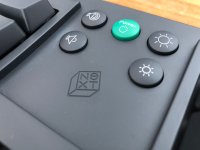
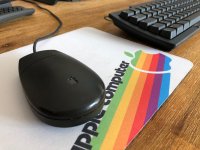
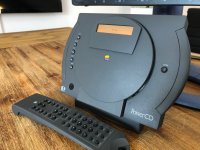
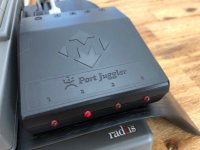
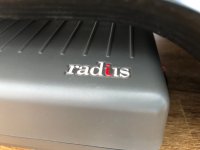
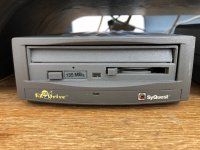
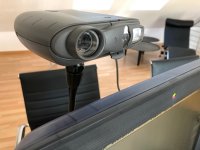
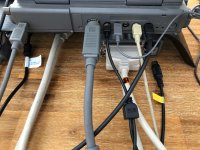
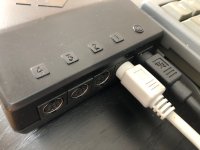
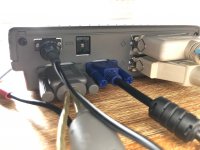
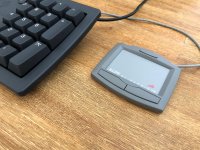
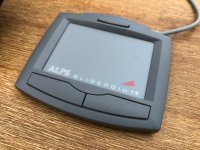
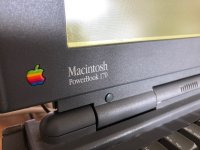
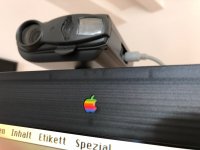

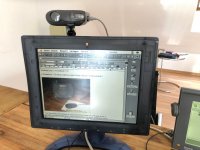
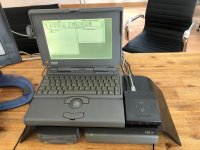

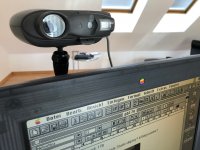
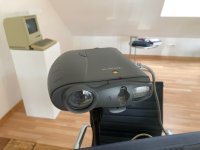
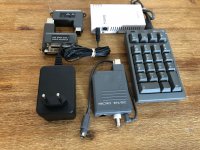
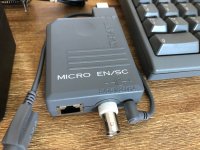

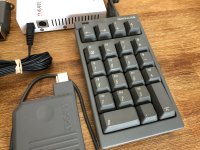

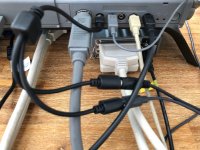
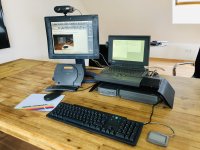
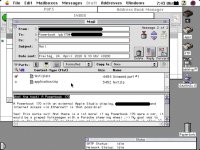
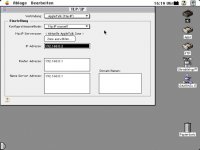
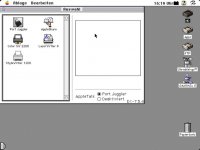

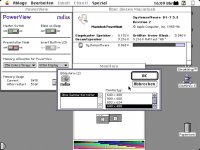
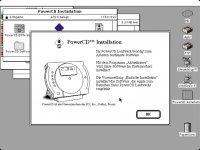
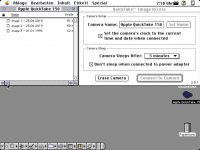
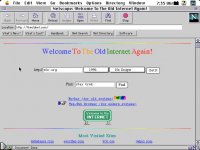
The computer is networked via appletalk / Ethernet (IpNetRouter). You can surf the Internet, send e-mails, download data via FTP, etc. My goal was to set up the Powerbook 170 so that I can still work productively with it after 27 years:
Write texts in Microsoft Word and save them in a file format that can also be read on modern computers. Challenge: The earlier Word format is not compatible with the current Word format.
Receive and send mails, for example to send the Word documents. Challenge: Today's mail servers require SMTP auth when sending, most of the old mail clients do not support this protocol.
You need a large screen to work relaxed. In addition, the palettes of the programs should always be accessible. Challenge: The Powerbook 170 has no connection for an external monitor.
The data is to be exchanged via the Ethernet network with modern Intel Macintosh with OS X. Challenge: The current OS X no longer supports the "old" AFP protocol.
There were also a few more hurdles to overcome. Starting with the large number of serial ports required (printer, network, QuickTake, etc.) or the number of ADB ports required.
To make it short! All problems have been resolved. The Powerbook works, I can write texts, send and receive emails, surf the Internet, exchange data on the network and import images from the QuickCam. And all at the same time!




































